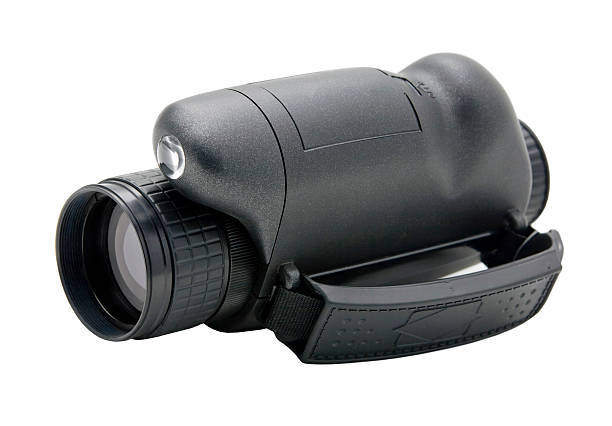Night vision technology has revolutionized our ability to see in low-light and no-light conditions, providing a critical advantage in various applications, from military operations to wildlife observation and even consumer devices. To understand how night vision technology works, let’s explore its fundamental principles.
Image intensification
The core principle behind most night vision technology is image intensification. This process amplifies the available ambient light, which can be as dim as starlight or moonlight, to create a visible image.
Here’s how it works:
Incoming Light: In low-light conditions, very few photons of light are available for our eyes to see. Night vision devices capture these faint photons, which are often invisible to the naked eye.
Photocathode: The captured photons strike a photocathode, a specialized surface inside the night vision device. The photocathode is sensitive to light and can convert photons into electrons.
Electron Multiplication: Once the photons are converted into electrons, they are accelerated and focused by an electric field towards a microchannel plate (MCP). The MCP contains thousands of tiny channels, each with a secondary emissive surface. When the electrons strike the MCP, they trigger a cascade effect, releasing thousands of additional electrons. This multiplication process significantly increases the number of electrons, effectively amplifying the incoming light.
Phosphor Screen: The multiplied electrons then strike a phosphor screen at the end of the device. The phosphor screen emits visible light when it is struck by the electrons. This visible light is what you see when looking through a night vision device.
Generation technology
Night vision devices are categorized into different generations, with each generation representing advancements in technology and performance. Higher-generation devices offer improved image quality, sensitivity, and resolution. Generation 3 and 4 night vision devices are commonly used in professional applications due to their superior performance.
Infrared illumination
In addition to image intensification, some night vision devices feature built-in or attachable infrared (IR) illuminators. These emit invisible IR light that is visible only through the night vision device. IR illumination enhances visibility in complete darkness, enabling users to see in environments devoid of any ambient light.
Display and magnification
The visible image created by the phosphor screen is typically displayed on an eyepiece, such as a monocular or binocular. Many night vision devices also offer adjustable magnification, allowing users to zoom in on distant objects.
Thermal imaging
While traditional night vision relies on amplifying visible or near-infrared light, thermal imaging is another technology used in some night vision devices. Thermal imaging cameras detect the heat emitted by objects and create a visual representation of temperature differences. This technology is particularly useful for detecting living beings and objects that emit heat, even in complete darkness.
To sum up
Night vision technology operates on the principle of image intensification, amplifying ambient light to create a visible image. By capturing and multiplying photons of light, night vision devices reveal the hidden details of the night, providing crucial advantages in numerous fields. Advances in generation technology, infrared illumination, and thermal imaging have expanded the capabilities of night vision technology, making it an indispensable tool in various professional and recreational applications.




